
Now a days skincare is very essientail for maintaining good , healthy and glowing skin. There are so many options available in the market that it is difficult to choose rigt facewash for yourself. In this blog we have selected top 3 tried and tested non toxic face wash for you. gental cleansers and deep cleaning formulas will surely leave you skin fresh and rejuvenated.
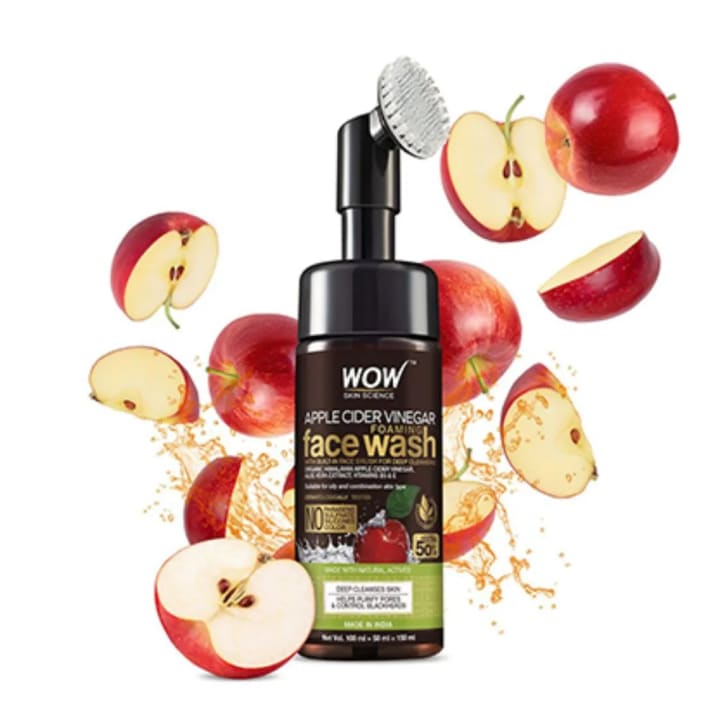
1. Wow Skin Science Apple Cider Vinegar Foaming Face Wash
The wow skin scienec apple cider vinegar foaming face wash has a unique cleanser which conatins apple cider vinegar. A natural indgredeint which has antibactarial and antifungal properties. The wow face wash help to controll ph level of skin.
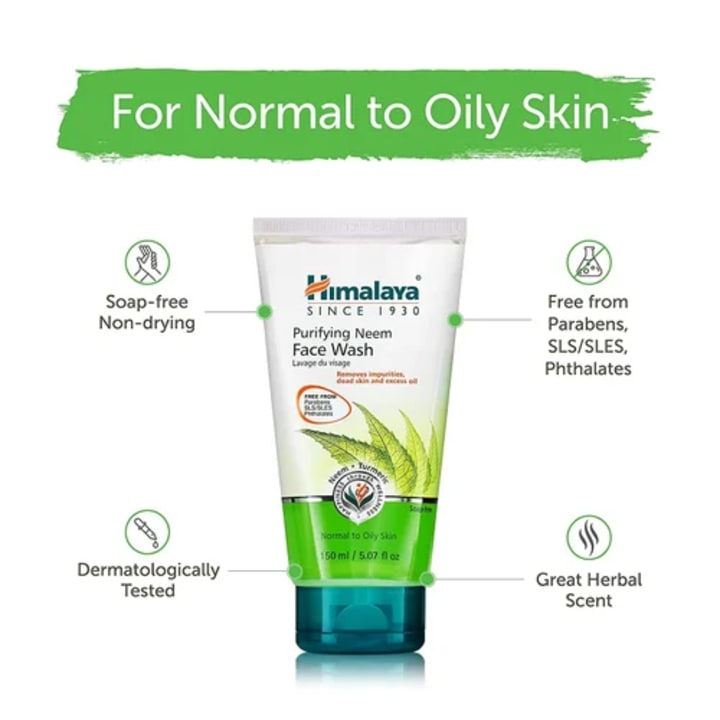
2.Himalya Herbal Purifying Neem Face Wash
Himalya herbal neem face wash is enriched with nourishment of neem and termeric, which have antibactarial formula. This helps to clean face and remove impurites which prevent acene breakouts, making it an ideol for oily and acene-proned skin.
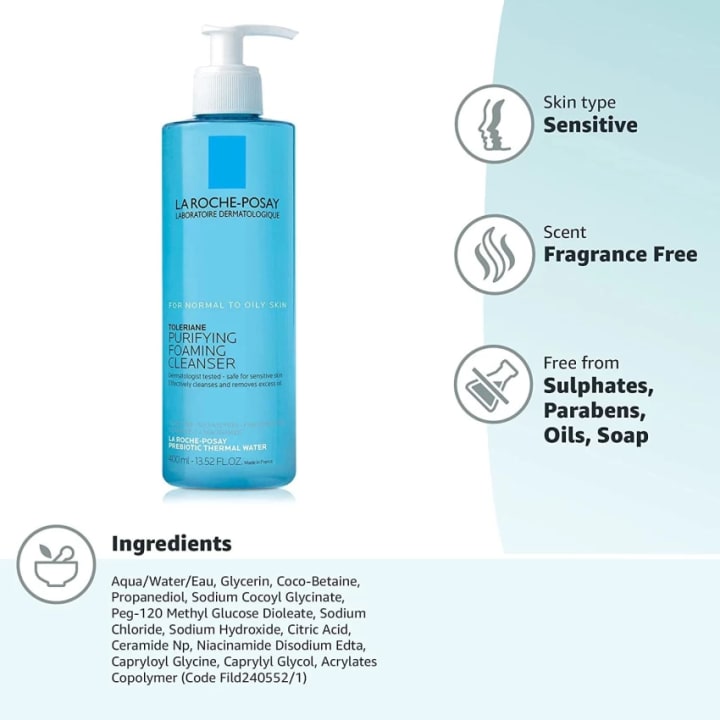
3.La Roche-Posey Tolerian Purifying Foaming Cleanser
La roche posey tolerian foaming clenaser is a gentle cleanser which removes impurites and excess oil from the skin without stripping the skin. It's a formulation of prebiotic thermal water, niacinamide and e ceramide-3 to soothe and hydrate skin. This cleanser it suitable for sensitive skin type.
dont read what is down just did that to complete word limit please ignore ......................................................................................................................
for more please visit a aaaa a a a a a a a a a a a a a a a a a a a a a a a a a aa a a a a a a aa a a a a a a a a a a a a a a a a a a a a a a a a a a a a a a a a a a a a a a a a a a a a a a a a a a a a a a a a a a a s d s a a a a a a a a a a a a a a a a a a a a a a a a a a a a a a a aa a a a a a a a a a a a a a a a a a a a a a a a a a a a a Before the early 1960s, computers were mainly used for number-crunching rather than for text, and memory was extremely expensive. Computers often allocated only 6 bits for each character, permitting only 64 characters—assigning codes for A-Z, a-z, and 0-9 would leave only 2 codes: nowhere near enough. Most computers opted not to support lower-case letters. Thus, early text projects such as Roberto Busa's Index Thomisticus, the Brown Corpus, and others had to resort to conventions such as keying an asterisk preceding letters actually intended to be upper-case.
Fred Brooks of IBM argued strongly for going to 8-bit bytes, because someday people might want to process text, and won. Although IBM used EBCDIC, most text from then on came to be encoded in ASCII, using values from 0 to 31 for (non-printing) control characters, and values from 32 to 127 for graphic characters such as letters, digits, and punctuation. Most machines stored characters in 8 bits rather than 7, ignoring the remaining bit or using it as a checksum.
The near-ubiquity of ASCII was a great help, but failed to address international and linguistic concerns. The dollar-sign ("$") was not as useful in England, and the accented characters used in Spanish, French, German, Portuguese, and many other languages were entirely unavailable in ASCII (not to mention characters used in Greek, Russian, and most Eastern languages). Many individuals, companies, and countries defined extra characters as needed—often reassigning control characters, or using values in the range from 128 to 255. Using values above 128 conflicts with using the 8th bit as a checksum, but the checksum usage gradually died out.
These additional characters were encoded differently in different countries, making texts impossible to decode without figuring out the originator's rules. For instance, a browser might display ¬A rather than ` if it tried to interpret one character set as another. The International Organization for Standardization (ISO) eventually developed several code pages under ISO 8859, to accommodate various languages. The first of these (ISO 8859-1) is also known as "Latin-1", and covers the needs of most (not all) European languages that use Latin-based characters (there was not quite enough room to cover them all). ISO 2022 then provided conventions for "switching" between different character sets in mid-file. Many other organisations developed variations on these, and for many years Windows and Macintosh computers used incompatible variations.
The text-encoding situation became more and more complex, leading to efforts by ISO and by the Unicode Consortium to develop a single, unified character encoding that could cover all known (or at least all currently known) languages. After some conflict,[citation needed] these efforts were unified. Unicode currently allows for 1,114,112 code values, and assigns codes covering nearly all modern text writing systems, as well as many historical ones, and for many non-linguistic characters such as printer's dingbats, mathematical symbols, etc.
Text is considered plain text regardless of its encoding. To properly understand or process it the recipient must know (or be able to figure out) what encoding was used; however, they need not know anything about the computer architecture that was used, or about the binary structures defined by whatever program (if any) created the data.
Perhaps the most common way of explicitly stating the specific encoding of plain text is with a MIME type. For email and HTTP, the default MIME type is "text/plain" -- plain text without markup. Another MIME type often used in both email and HTTP is "text/html; charset=UTF-8" -- plain text represented using the UTF-8 character encoding with HTML markup. Another common MIME type is "application/json" -- plain text represented using the UTF-8 character encoding with JSON markup.
When a document is received without any explicit indication of the character encoding, some applications use charset detection to attempt to guess what encoding was used.
About the Creator
Deep sk
a blogger who advises people for right things only.

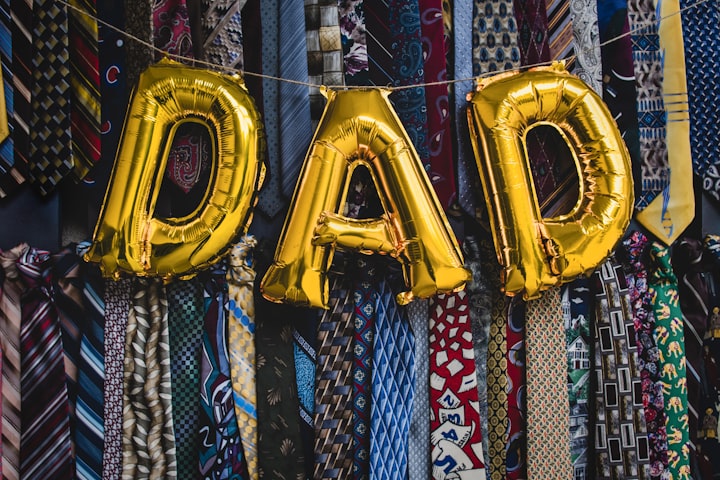
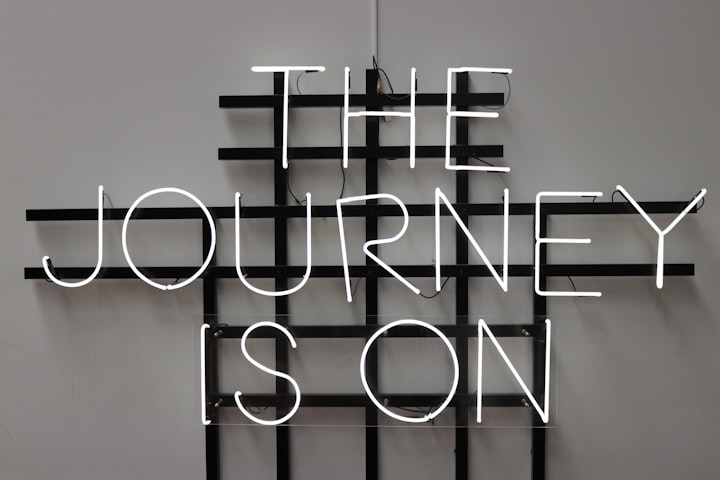


Comments
There are no comments for this story
Be the first to respond and start the conversation.